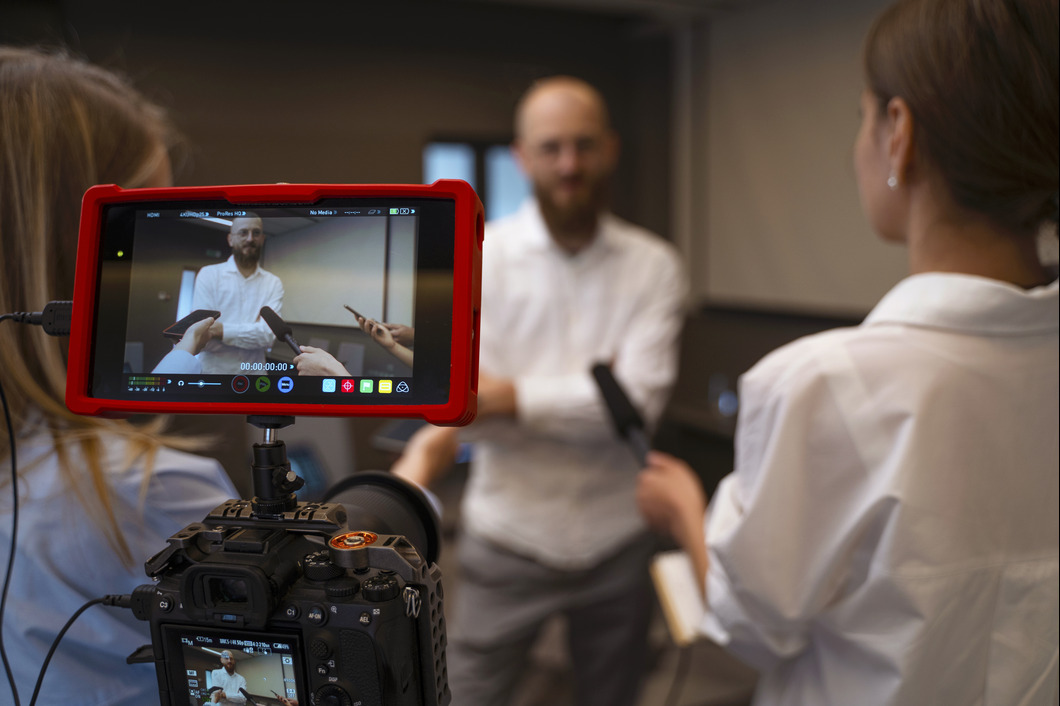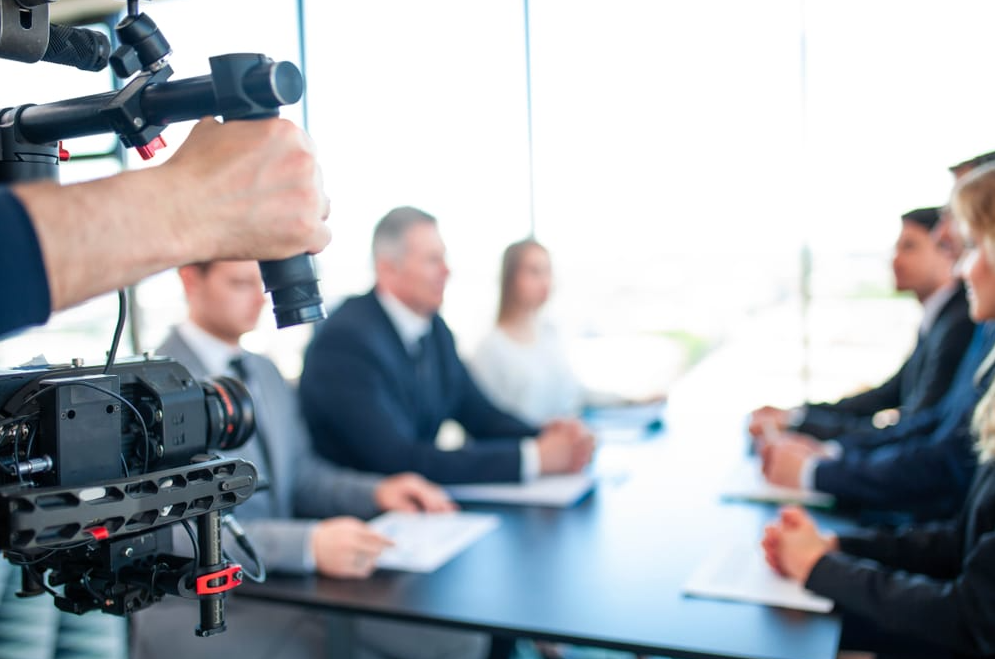The Value of Legal Videography for Capturing Crucial Proof
The Value of Legal Videography for Capturing Crucial Proof
Blog Article
Trick Advantages of Making Use Of Videography in Legal Instances
The assimilation of videography in legal cases provides an array of critical benefits that can considerably affect test results. By improving proof presentation and boosting witness reliability, videography works as an effective tool to involve jurors and convey complex narratives properly. Additionally, this tool protects crucial testaments, ensuring that vital information is not shed to memory degeneration. As the lawful landscape remains to evolve, the effects of leveraging videography in test setups value more detailed evaluation, specifically in comprehending how these benefits convert right into concrete lead to the court.
Boosted Proof Discussion
Boosted proof presentation through videography has transformed the means lawful instances are suggested and understood in the court room. By incorporating top quality video recordings into legal proceedings, lawyers can share complex information in a more engaging and comprehensible manner - Legal Videography. Videography enables the visualization of evidence, making it easier for judges and juries to grasp the context and significance of the here and now truths
Along with enhancing clarity, videography can additionally capture real-time occasions, giving an authentic representation of events essential to a case. This immediacy can dramatically influence the persuasiveness of an argument, as aesthetic evidence typically resonates a lot more strongly than composed documentation. Video clip proof can consist of vital components such as body language, tone of voice, and ecological aspects, all of which contribute to an extra alternative understanding of the situation.
Using videography also enables efficient company of evidence, allowing attorneys to offer their debates in a rational and meaningful manner. By purposefully integrating video clip into their discussions, lawyers can assist in a more effective evaluation of the proof, eventually resulting in educated decision-making by the court. The transformative power of videography in lawful contexts is both indispensable and obvious.
Better Witness Reputation

Video evidence can additionally reduce prospective biases that may emerge from the witness's look or quirks in a live setup. By offering a well-produced video clip, legal teams can make sure that the focus stays on the web content of the testimony instead than nonessential aspects that could weaken reputation. Additionally, the possibility to assess documented declarations can fortify witness consistency, as inconsistencies can be attended to before test, leading to more dependable testimonies.
In addition, the durability of videography offers a protect against memory decay or misconception over time. By having a clear, proven account of witness statements, lawful experts can develop a stronger instance, enhancing the general credibility of the witness and, subsequently, the stability of the judicial procedure.
Involving Jury Experience
Videography can substantially raise the jury's engagement throughout lawful process. By integrating high-grade video presentations, lawful groups can capture and maintain the attention of jurors, changing intricate information into aesthetically engaging stories. This engagement is essential, as jurors frequently battle to absorb dense lawful terms and complex information offered exclusively through conventional ways.
Video clip proof allows jurors to witness events as they unravelled, giving context that created testaments might lack. The use of dynamic visuals can evoke emotional feedbacks, making the instance more relatable and memorable. Surveillance video or reenactments can show key moments, allowing jurors to envision the evidence in an engaging manner.
In addition, videography can promote a much more interactive experience. Jurors can see and hear witnesses, which includes a layer of authenticity and immediacy that created records can not replicate. This multi-sensory approach cultivates deeper comprehension and retention of today material.

Reliable Situation Storytelling
An engaging narrative is necessary for effective case storytelling in the court room. Videography works as a powerful tool to present this narrative and craft, involving the court and improving their understanding of the instance. By aesthetically showing the events bring about the lawful dispute, videography permits attorneys to illustrate complicated circumstances in a clear and relatable manner. This narration technique can evoke psychological feedbacks and foster empathy, producing a much deeper link in between the case and the court.
Including aspects such as witness interviews, computer animations, and repairs, videography supplies a multi-dimensional perspective that standard methods can not attain - Legal Videography. This graph not only aids in making clear truths but also aids jurors preserve critical information. In addition, the vibrant nature of video can damage down obstacles of understanding, making intricate details much more obtainable.
Ultimately, reliable instance narration through videography changes the court room experience, allowing lawyers to present their debates in a influential and compelling fashion. By taking advantage of the power of visuals, lawful professionals can considerably improve their capacity to communicate necessary stories and attain beneficial outcomes for their customers.
Preservation of Testimonies
Maintaining testimonies is an essential aspect of lawful proceedings, as the precision and stability of witness statements can dramatically affect the end result of a situation. Videography offers as an effective tool in this regard, making certain that testimonies are recorded in their original context, thereby decreasing the threat of misconception or distortion gradually.
By capturing verbal and non-verbal signs, videography offers a detailed account of witness statements, which can be indispensable during trial procedures. This technique not only records the material of the testament however likewise preserves the temperament and psychological actions of witnesses, providing courts a richer understanding of the statement's integrity and importance.
Additionally, the usage of videography facilitates an extra reputable review of testaments throughout post-trial evaluations or pre-trial prep work. Attorneys can revisit videotaped declarations to clarify details, analyze inconsistencies, or develop approaches for cross-examination.
Basically, videography enhances the preservation of statements, cultivating a transparent legal process that can lead to even more equitable outcomes. By protecting the honesty of witness statements, lawful experts can much better advocate for their customers and copyright this hyperlink the concepts of justice.

Final Thought
Finally, the combination of videography in lawful instances significantly boosts the presentation of evidence, strengthens witness trustworthiness, and astounds courts with engaging visual material. This medium facilitates effective narration, allowing lawyers to share stories that reverberate deeply with decision-makers. Additionally, videography functions as a permanent document of statements, lowering the threat of memory decay. Jointly, these advantages emphasize the important duty of videography in contemporary lawful practices, inevitably adding to more educated judicial end results.
The assimilation of videography in legal situations offers a variety of tactical advantages that can significantly influence test outcomes.Improved proof presentation via videography has reinvented the means legal instances are argued and understood in the court.Videography can significantly raise the court's interaction throughout lawful proceedings. By visually showing the occasions leading to the legal dispute, videography allows lawyers to illustrate complicated circumstances in a clear and relatable manner.In verdict, the integration of videography in legal instances considerably boosts the discussion of evidence, reinforces witness reliability, and mesmerizes juries with engaging visual web content.
Report this page